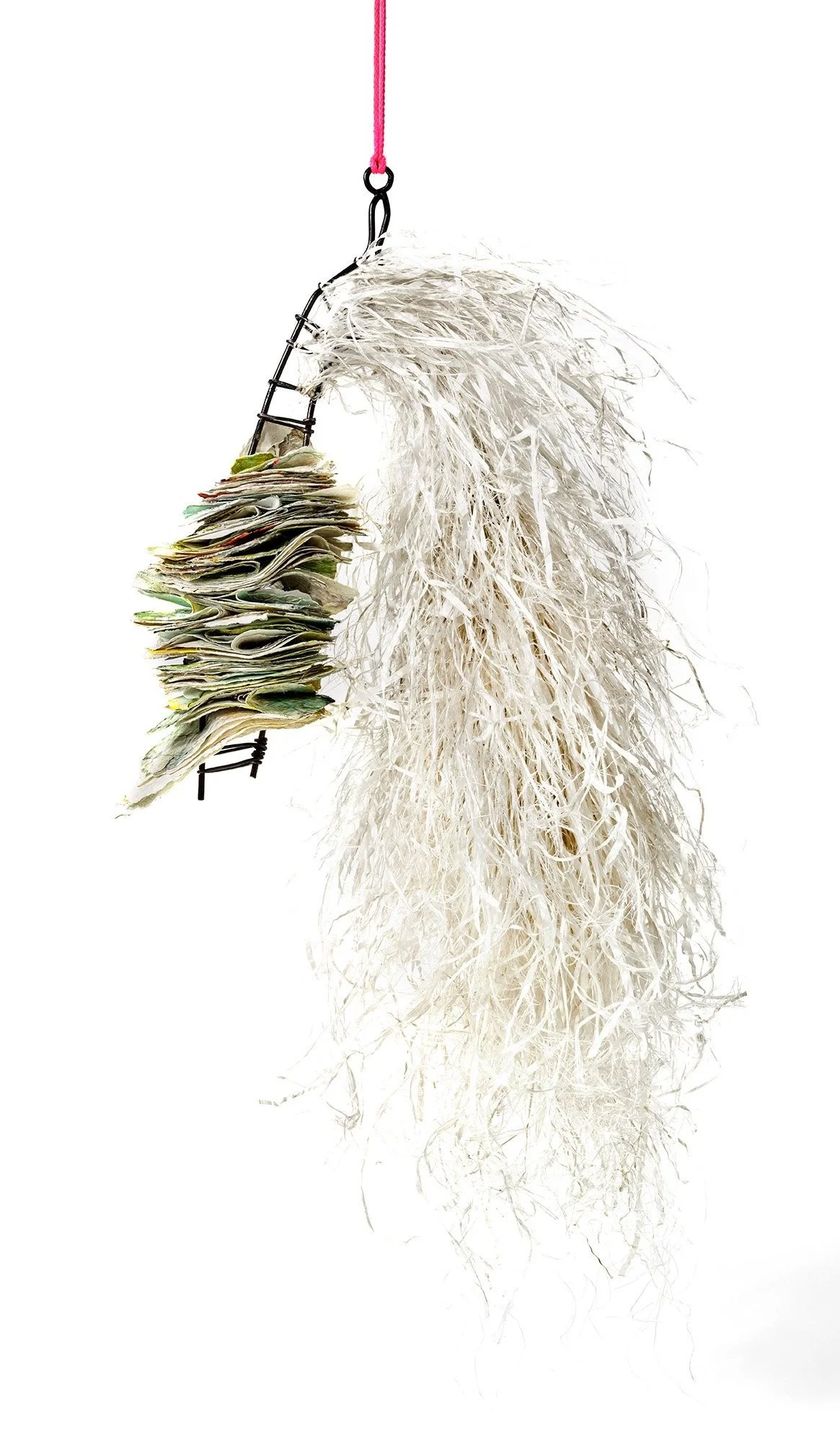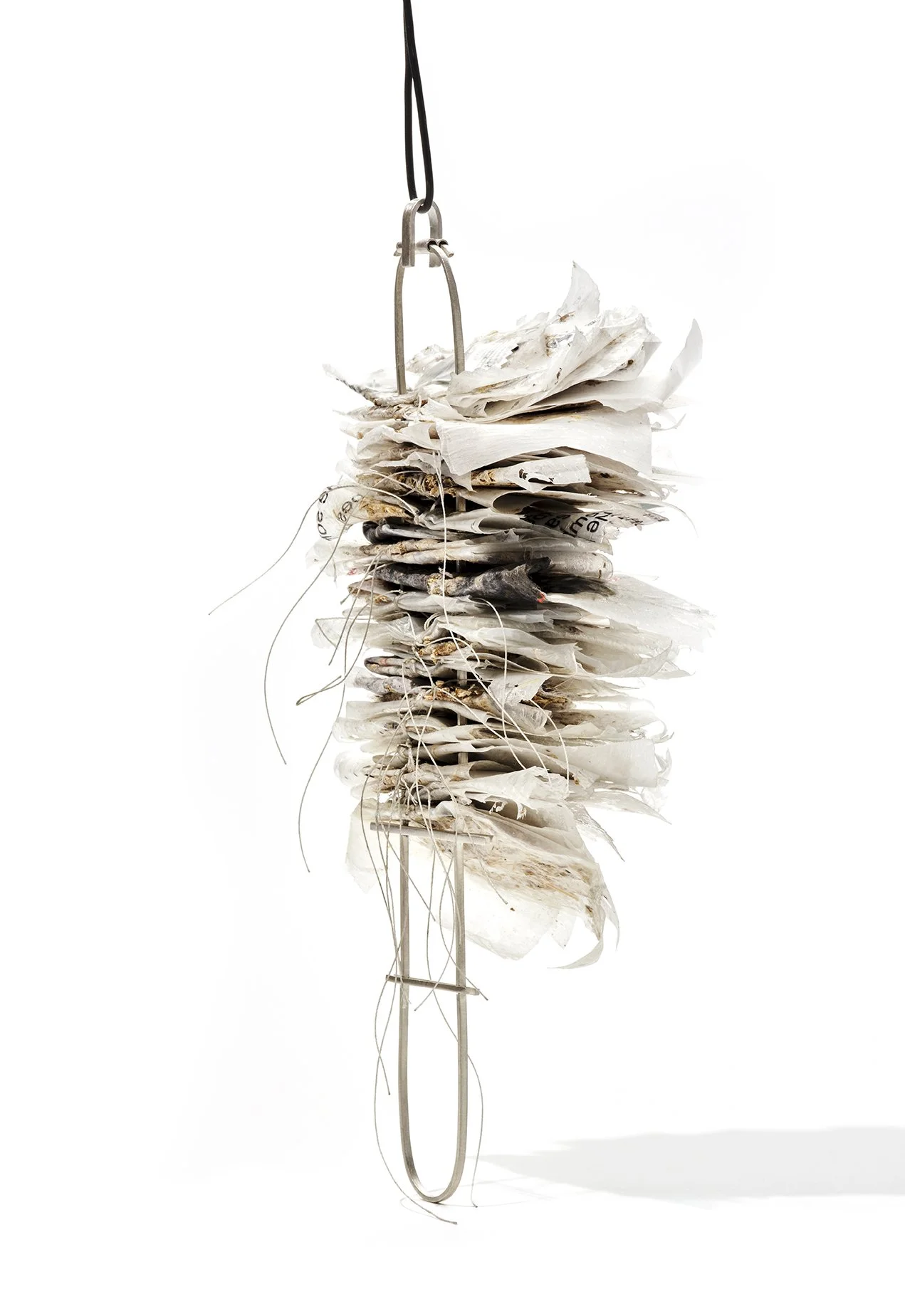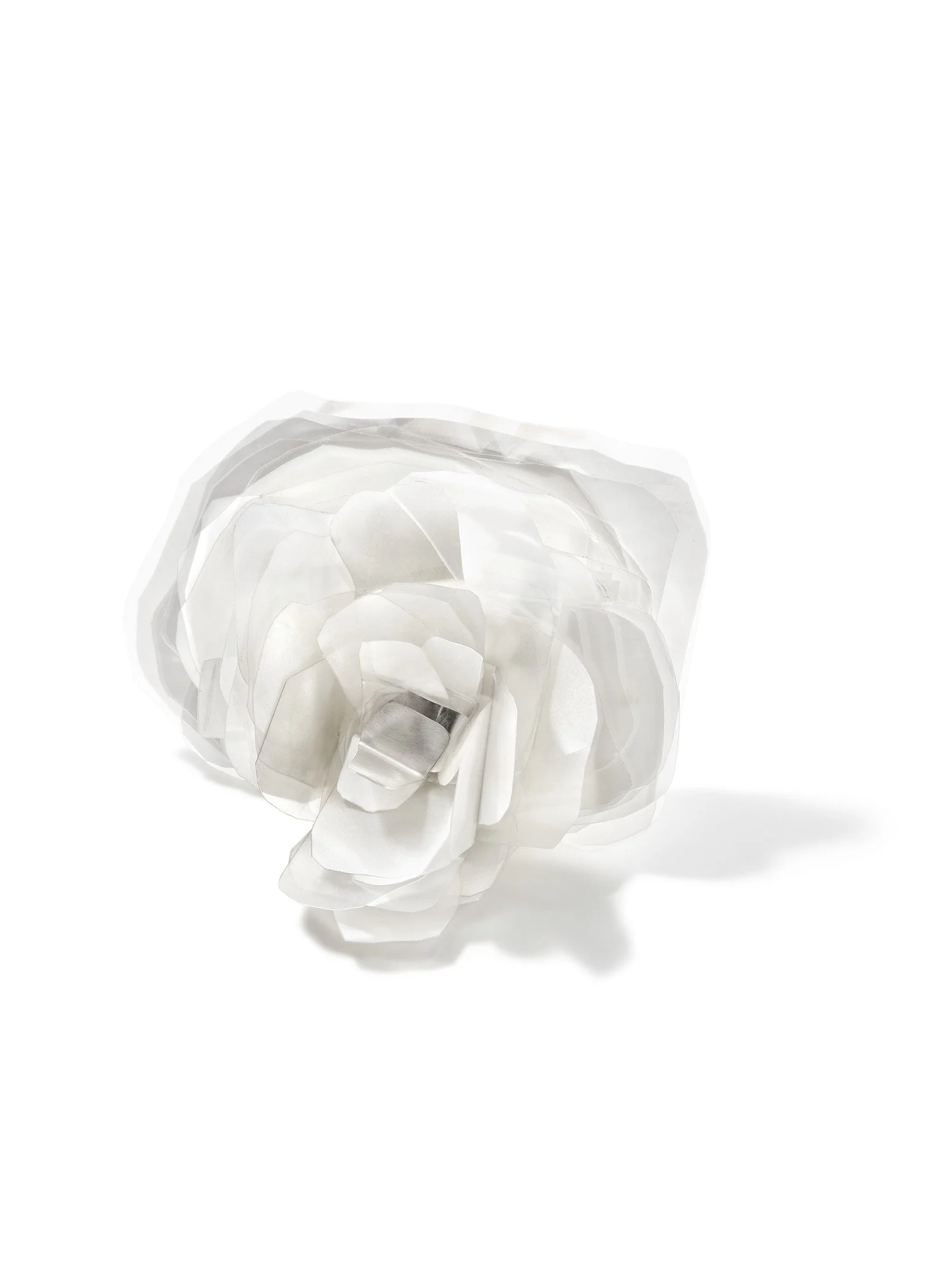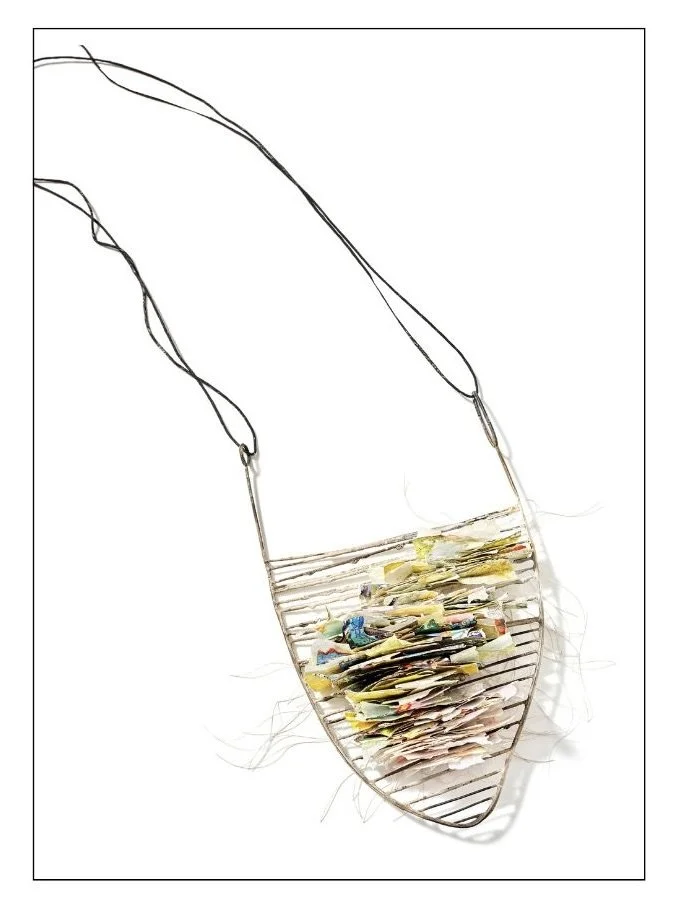Maria Phillips + Seth Papac
Sedimented Histories
GALERIE NOEL GUYOMARC’H
Montreal, Quebec
May 3 – 31, 2025
Sedimented Histories emerged from Phillips’ enduring collaboration with artist Seth Papac, a relationship carefully shaped and nurtured over decades of shifting roles and deepening trust. Their shared history—woven intricately from memory, material, and instinct—forms the rich strata beneath the exhibition’s core. Together, they draw on the quiet, yet powerful, force of sedimentation: the way memory, time, and gesture accumulate, slowly settle, and ultimately take shape. The work itself unfolds gradually, gently shaped through ongoing conversation, instinctual responses, and the deliberate slow layering of accumulated experience.
Explore a curated selection of Phillips' artworks below. For the complete Sedimented Histories Portfolio and artwork details, click on the link above.










Maria Phillips + Seth Papac
Sedimented Histories (Gallery Statement)
Over the course of more than twenty years, Maria Phillips and Seth Papac have moved through many iterations of relationship—teacher and student, artist and assistant, colleagues, and close friends. Through shifting personal lives, evolving creative practices, and diverging professional paths, their bond has remained steady: a relationship grounded in mutual respect, shared sensibility, and sustained presence.
This enduring connection forms the foundation of their collaboration. Rooted in accumulated trust and curiosity, Sedimented Histories draws from the layered strata of their shared experience—personal, material, technical, and emotional. The initial spark for the exhibition came from a visit to a mineral specimen collection, where both artists were captivated by the visual complexity and compositional richness of objects born through processes of natural accumulation: the patient work of time, pressure, and change.
Their research expanded to include salt fields and the quietly persistent presence of minerals in daily life—materials we consume, rely on, and often overlook. As the work developed, sedimentation emerged not only as a formal reference but as a conceptual framework, reflecting how histories, perceptions, and patterns accrue meaning. French philosopher Maurice Merleau-Ponty’s notion of mental sedimentation became particularly resonant: the idea that past experiences and cultural learnings settle within us, forming unconscious structures that shape how we see and engage with the world.
Their process mirrored this phenomenon. Over months of material exchanges and sustained dialogue, Phillips and Papac allowed layers of thought, memory, and form to build gradually—gathered, shaped, and compressed through time.
Phillips refers to her resulting works as “landfill minerals”—fictional formations assembled from discarded materials salvaged from her personal waste stream. Household debris, beach detritus, and fragments found on the street are reimagined into stratified, tactile compositions that evoke geological structure while remaining deeply intimate.
Papac approaches the work as a form of creative excavation—mining not only material but also memory, technique, and relational history. Each object becomes a constructed relic, a fragment shaped by the sediment of shared practice, intuition, and care.
Geologically, minerals and sediments form through cycles of weathering and deposition—acts of transformation that mirror the artists’ own process. Their collaboration became a slow layering: one gesture settling atop another, one idea shaping the next, until something new emerged. Merleau-Ponty’s philosophy reminds us that such accumulation is not fixed—it is porous and dynamic, always shaped by experience.
In this spirit, Sedimented Histories invites viewers to consider what lies beneath the visible surface—not only in the material world, but within relationships, rituals, and ways of making meaning. Through the reassembly of fragments, the work traces how memory and matter become inseparable, forming new strata of presence and possibility.

